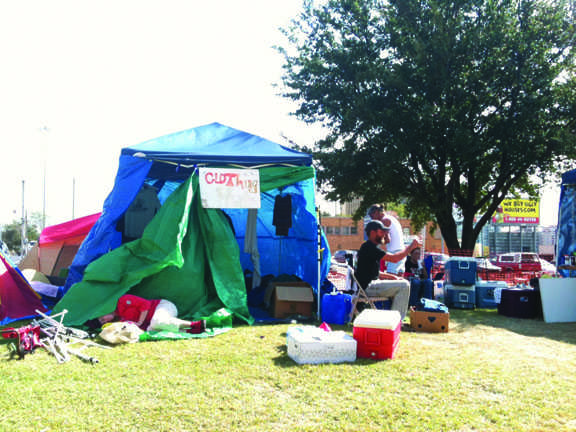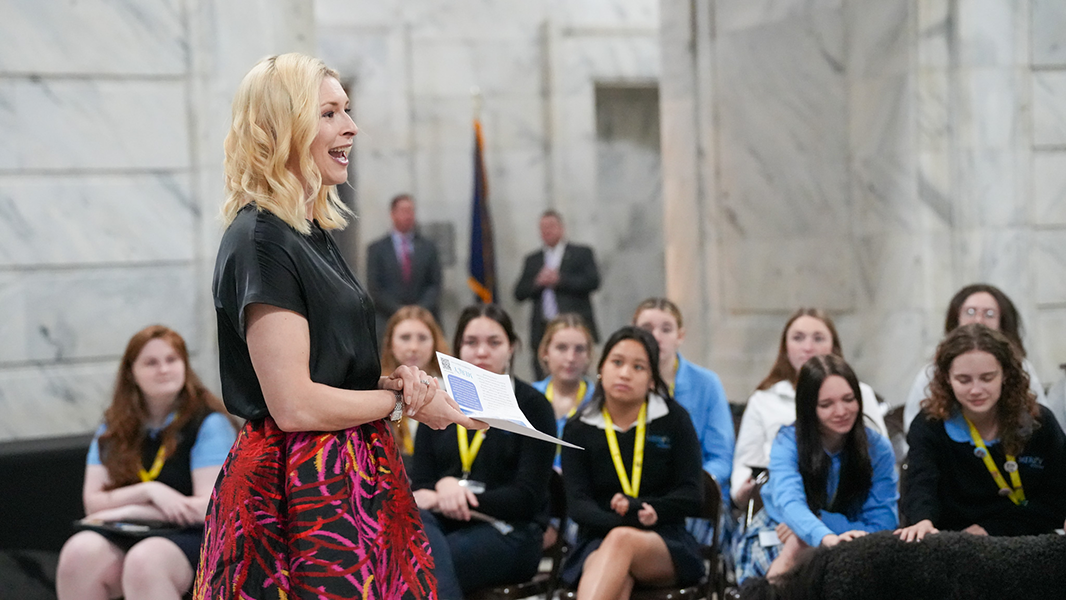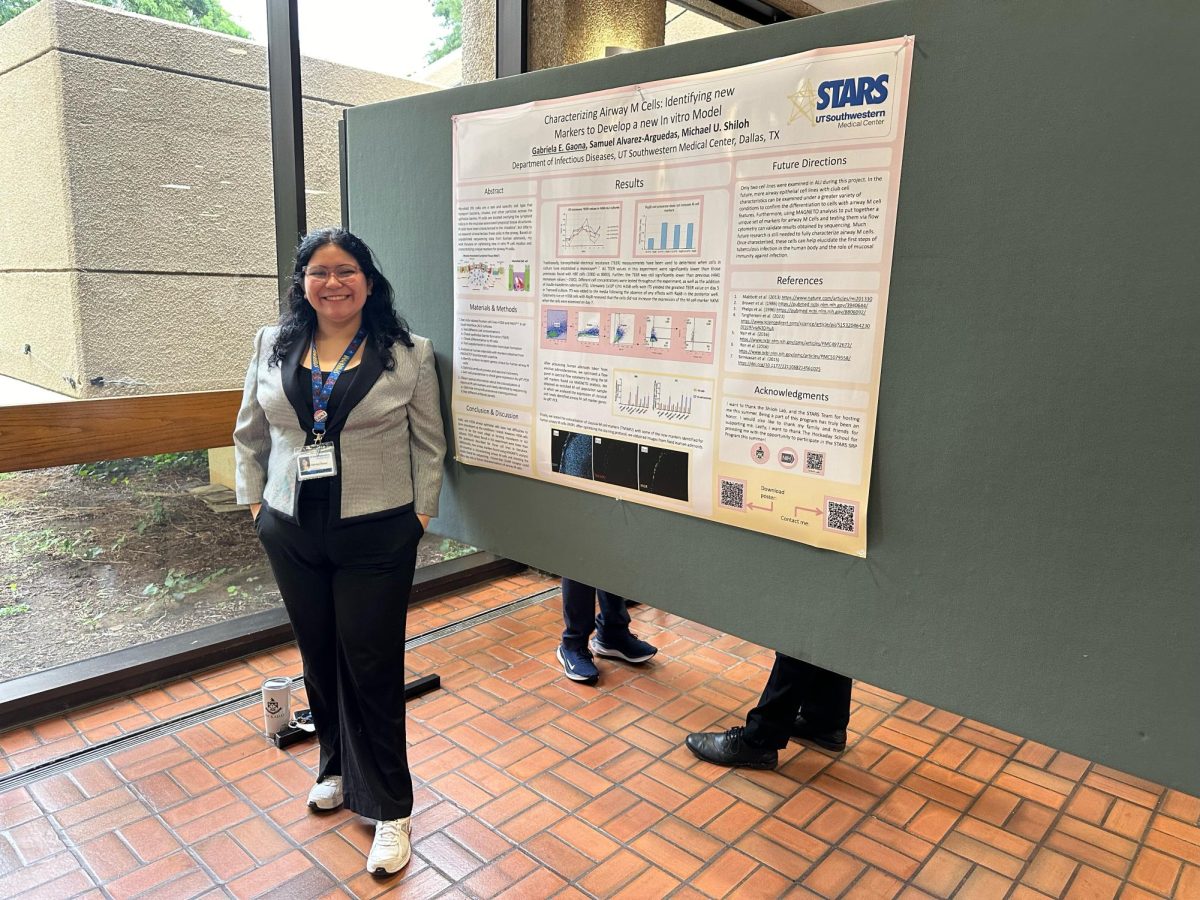
Occupy Dallas: it’s not just for Wall Street
Occupy Dallas protestors have created their own little world on the field behind City Hall. Tents provide everyday amenities such as a kitchen tent preparing three meals a day, an art tent boasting a plethora of supplies for poster-making, and a library tent containing a wide selection of books organized by the Dewey Decimal system. For over a month now, they’ve spent hours rallying and marching while maintaining normal day to day routines.
Whytney Blythe, a 22 year-old working three jobs, wakes each morning at sunrise and within seconds, tweets updates of the day’s rallies. Dallas’ answer to Occupy Wall Street, these protests fight to end corporate influence on government which favors the wealthy—the so called “1 percent” who earn over $347,000 annually.
“There are too many of us to say we are unimportant… We make up the majority,” Blythe said.
Dallas, however, is only part of the “occupy movements,” which now take place in hundreds of United States’ cities as well as internationally. Occupy Wall Street has grown from 20 people to tens of thousands of protestors rallying for drastic modifications in our government system.
Because the protestors represent such a large portion of the population, they come from different walks of life and have vastly different agendas.
Blythe herself admits that she “doesn’t expect there to be a huge change,” but she wants people to realize that they can each make a difference. “Every time that someone understands why we’re here, and every time that we are informing them and making them aware of what’s going on around them is already in and of itself a victory.”
Lynn Kaneps, economics teacher, said, “It’s kind of a reaction to the Tea Party in that the Tea Party was not a single movement either. Everyone in the Tea Party had different goals…for the last twenty years, politics and economics are so closely aligned that economic issues have become the main political issues.”
Kaneps, however, points out that for the last few decades, public protests have been few and far between, “I have not seen a lot of public protests since the Vietnamese War.” She laments, “I have often tried to get my students to care enough about something to protest.”
English teacher Janet Bilhartz believes that economic inequality in the United States is a growing concern.
“These are tremendous issues for the security and safety of our country,” she said.
Even without the ability to vote, movements like Occupy Dallas allow young people to voice their opinions.
“Occupy Wall Street is testifying to the fact that people can still organize and are aware and conscious of what’s happening in their government. [It] shows that people are actually willing to go out there and voice their opinions,” senior Leila said.
Oddly enough, only about one in seven occupiers are women. A movement that is supposed to represent 99 percent of the population does not attract a demographic that makes up 51 percent of the population.
“It’s very disheartening to hear my female friends not know about ‘occupy,’” Blythe said.
Bilhartz posits that the men’s workforce being hit harder than the women’s could explain the lack of female presence on Occupy grounds. With our shrinking middle class, most of the job losses have affected construction projects or factories which mostly employ men.
Male or female, more and more people have been personally affected by the slumping economy each day, more and more have joined in the movement.
Bilhartz said this is true because “most people know someone who is out of a job. And there’s been no other time in my life when that was true.”
Regardless of whether a Hockadaisy falls in the “99 percent” or the “1 percent,” they have a social responsibility to listen to these voices.
“‘To whom much is given, much is expected,’” quoted Kaneps. “I think that would apply to Hockaday.”
– Anisha and Rupsha






